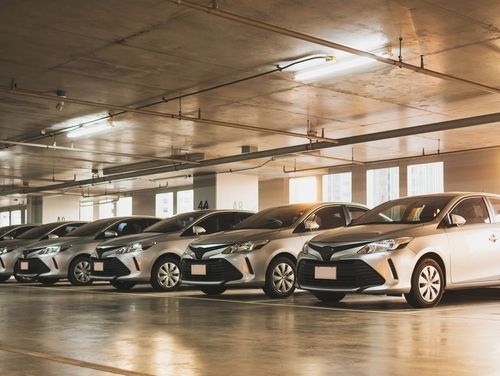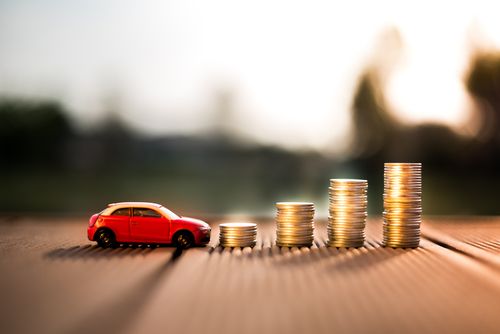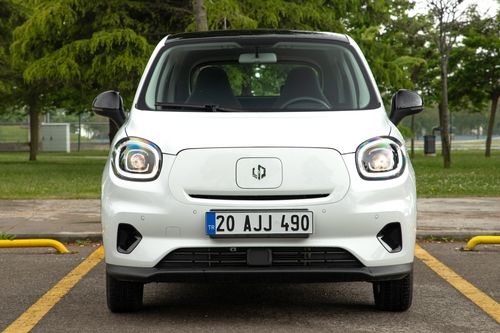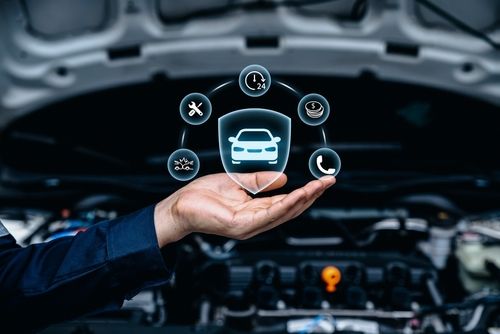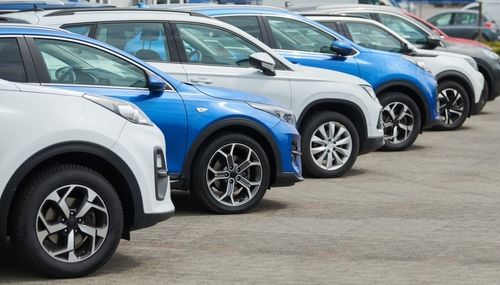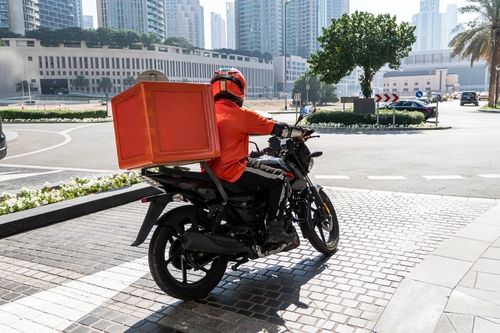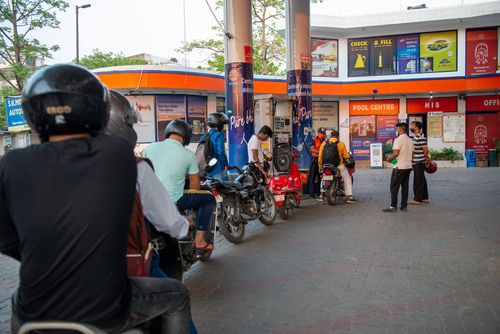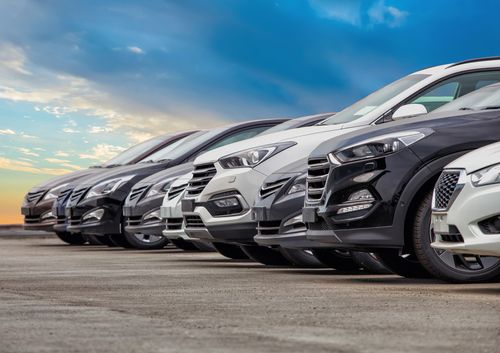Road Safety Tips for Monsoon 2025: A Complete Guide
Written by Upstox Desk
Published on July 25, 2025 | 4 min read

Indian monsoons are a season of contrasts; while they irrigate fields and bring cool respite from the sweltering summer heat, they also herald hazardous driving conditions throughout the country. With wet roads, flooded streets, poor visibility, and unpredictable traffic patterns, driving during monsoon 2025 requires an added degree of caution and foresight.
According to the Ministry of Road Transport and Highways, more than 30% of road accidents in India occur during the monsoon season. This is due to rain-soaked roads and low visibility, whether you're driving in city traffic in Mumbai or on mountain roads in Himachal. Regardless of your destination, this guide provides detailed safety tips for safe driving, ensuring your safety as well as the safety of your loved ones.
Check Your Car Before the Rain Arrives
After the onset of the monsoon, inspect your vehicle thoroughly. Important items to check are:
Tyres
Have adequate tread depth (at least 2 mm) to ensure traction on rainy roads. Replace worn-out or bald tyres at once.
Brakes
Wet brakes decrease braking power. Have your brake pads and discs inspected and repaired if necessary.
Wipers and Washer Fluid
Working wipers are essential for visibility. Replace broken or worn-out blades and refill the washer fluid with a mild detergent solution. This is particularly important for people living in the plains, where the monsoons bring the most rain yearly.
Battery and Electricals
Monsoon moisture can cause short circuits. Ensure your battery is fully charged and all electrical connections are secure and sealed.
Lights
Every light, including indicators, brake lights, and fog lamps, must be working to enhance visibility.
Drive Carefully on Wet Roads
Indian monsoon roads can be unpredictable. Follow these practices-
Steer Clear of Waterlogged Areas
Cities such as Bengaluru, Chennai, and Delhi are prone to flooding and waterlogging, particularly during periods of heavy rainfall. If possible-
Use Navigation Apps
Google Maps and MapMyIndia often flag waterlogged zones.
Don't Restart the Engine in Water
If your car stalls in water, do not attempt to restart it. Water might flood the engine, creating a hydrostatic lock, which can be quite expensive to repair.
Inspect Drain Points
Clear your car's underbody drain holes, letting water drain easily.
Provide Proper Ventilation
Fogging of windows is a frequent problem during humid conditions.
Use Defoggers: Utilise the car's front and rear defoggers and air conditioning system to ensure visibility.
Slightly Open Windows: If you do not have AC, slightly open windows to provide cross-ventilation.
Be Careful of Pedestrians and Two-Wheelers
Indian roads expose multiple types of commuters to rain, particularly two-wheelers and pedestrians. Drivers should drive defensively and carefully around crossings, markets, and residential areas.
Use Headlights Judiciously
Drive with dipped headlights during the day to enhance others' visibility. Do not use high beams in rain or fog, as they bounce off water droplets and reduce your visibility.
Have an Emergency Kit Available
Always have:
- A charged power bank
- First-aid kit
- Flashlight and spare batteries
- Tow rope and jumper cables
- Basic toolkit and spare fuses
- Raincoat or umbrella
- Drinking water and snacks (for long jams)
Have Insurance and Breakdown Assistance
Ensure your vehicle insurance is active and includes add-ons such as engine protection and roadside assistance, which are particularly beneficial during the monsoon season. Several Indian insurers offer 24/7 towing and breakdown facilities, which are particularly crucial in waterlogged conditions.
Post-Monsoon Maintenance
After the monsoon recedes:
- Give your car a thorough wash, paying particular attention to the underbody, to remove mud and rust-causing deposits.
- Inspect for electrical faults and corrosion.
- Service brakes, suspension, and exhaust system.
Summing up
The monsoon of 2025, as every year, will test the patience and skills of motorists all over India. However, with proper vehicle maintenance, adherence to safety norms, and good road sense, travelling in the rain can be significantly safer.
Remember, no journey is worth your life. Taking just a few extra precautions can save lives, including your own.
Frequently Asked Questions (FAQs)
How can I protect my car engine from monsoon water damage?
A: Don't drive in flooded water. If water enters the engine, don't start it. Include an engine protection add-on cover in your insurance policy for monetary support.
Is there an option to get monsoon-specific tyres in India?
A: Yes, all-weather or rain-specific tyres such as MRF, Apollo, and Michelin are available. They are perfect for Indian roads, providing better grip and reducing skidding.
Is it safe to ride a bike on a rainy day?
A: Yes, however, two-wheeler riders are more susceptible to the effects of heavy rains. Wear rain accessories, drive slowly, execute smooth turns, and install anti-skid tyres or tubeless varieties for improved handling.
Can I claim insurance if my car is damaged due to flooding?
A: Yes, if you have a comprehensive policy with an engine protection rider. Report the claim early with photo documentation and avoid restarting the flooded engine.
About Author
Upstox Desk
Upstox Desk
Team of expert writers dedicated to providing insightful and comprehensive coverage on stock markets, economic trends, commodities, business developments, and personal finance. With a passion for delivering valuable information, the team strives to keep readers informed about the latest trends and developments in the financial world.
Read more from UpstoxUpstox is a leading Indian financial services company that offers online trading and investment services in stocks, commodities, currencies, mutual funds, and more. Founded in 2009 and headquartered in Mumbai, Upstox is backed by prominent investors including Ratan Tata, Tiger Global, and Kalaari Capital. It operates under RKSV Securities and is registered with SEBI, NSE, BSE, and other regulatory bodies, ensuring secure and compliant trading experiences.


















